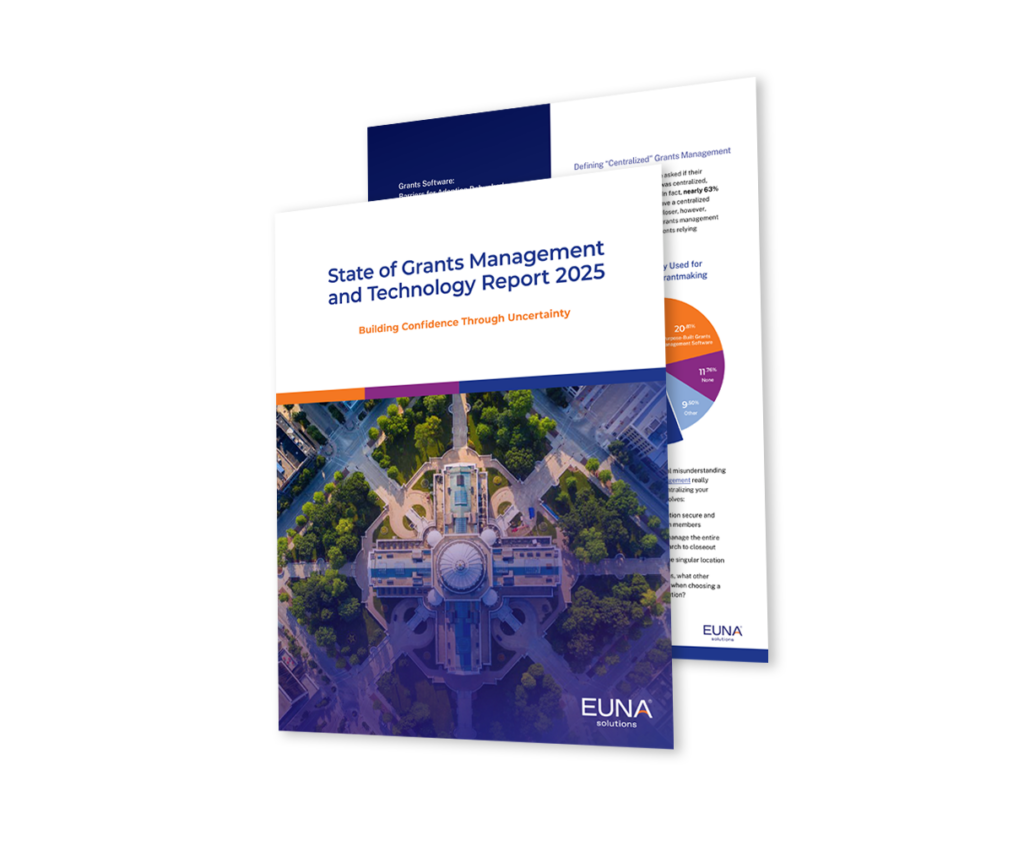In our 2019 State of the RFP report, we unearthed one scary statistic—12% of RFP projects receive only one submission.
As a procurement professional, you know why this is a cause for concern. More competition in the procurement vendor selection process increases the likelihood that you will receive the best award value. After all, each additional vendor submission increases an RFP’s price spread—the difference between the highest and lowest priced proposals—by 3%. When there is little to no competition, procurement teams miss out on opportunities to ensure the best value, denying your organization significant cost savings.
Before you go placing the blame on vendors, it may be time to put a mirror to your own vendor selection process. After all, as noted in the NIGP Business Council report on the topic, “a company’s quality response to the bidding process says as much about the agency issuing the RFP/IFB as it does about the supplier.”
So why aren’t vendors bidding on your projects? We’ve got 6 reasons why vendors aren’t bidding on your RFPs…and what you can do about it.
1. Difficulty finding the right opportunities
Are you publishing your solicitations in relevant places? Newspaper advertisements or simply posting listing opportunities on your website may have worked at one point, but they’re no longer the place where vendors look for RFPs. Transitioning your RFP process to an eProcurement platform can expand your reach to more relevant vendors with online advertisement and submission, making it easier for vendors to find and submit opportunities.
2. Time-consuming or expensive submission process
As a procurement professional, it’s important to remember that complex RFPs can consume a lot of time and resources. Vendors need to decide if the costs associated with producing a quality response are worth the effort and potential pay-off. Not to mention, when bid sites charge membership fees to see bids, submit an RFP response, or even to see details about the opportunity, vendors must also consider these costs. To make the process more manageable for vendors, audit your RFP to ensure all questions are integral to the decision-making process and make it easy and free to find RFP details.
3. Insufficient timeframe to respond
Just as it took your team a lot of time (not to mention all the intake meetings!) to get your RFP ready for bidding, vendors will need to spend a lot of time collecting documents, assembling numbers, and writing (and re-writing) their responses before they can submit their bid. Not allowing enough time for vendors to provide an adequate RFP response is a surefire way to diminish vendor competition.
4. Unrealistic price requirements
Most procurement professionals know that weighing price too heavily in complex RFPs isn’t a good idea, because the cheapest option is not always the most valuable option. Even so, buyers may impose unrealistic price requirements. As a result, vendors may choose not to bid because they won’t be able to make a profit if they are awarded the project. Unrealistic price requirements, therefore, do more harm than good when it comes to your budget; when vendors self-select themselves out of the RFP bidding process, competition diminishes, limiting the likelihood that you will attain a quality product or service at the right price.
5. Specifications are too broad
When RFP specifications are too broad, that lack of clarity makes it difficult for a vendor to determine your needs and submit a high-quality and relevant proposal. Not to mention, broad specifications make life more difficult for your evaluators, who are trying to make an apples-to-apples comparison to determine the best value for your organization. Convoluted answers due to a lack of understanding of the specifications required can weaken the validity of that comparison. Clear specifications make it possible for vendors to make their pricing decisions, leading to a better process for them and a better outcome for you.
6. Specifications are too specific
Okay we get it, we just said that you should ensure your RFP specifications are specific, and now we’re saying make sure they’re not too specific. Trust us, it’s not because we can’t make up our minds; finding that balance between specifications that are too broad and specifications that are too specific is integral to an effective RFP. If your questions are too rigid, they leave out any opportunity to propose other solutions or include new technologies that you may not have even considered. Your job entails purchasing a diversity of goods and services for multiple departments and teams, which means you can’t be a deep subject matter expert in every area, and that’s okay! Keep an open mind by keeping your specifications broad enough that any vendor who can meet your procurement needs has the opportunity to bid, regardless of whether or not they meet your original expectations.
Procurement is the bridge between the vendor community and a buying organization; it’s up to procurement teams to understand the obstacles that prevent vendors from bidding and eliminate those barriers. To get a better idea of how other public sector organizations are benchmarking in their vendor competition, download the 2019 State of the RFP report.

